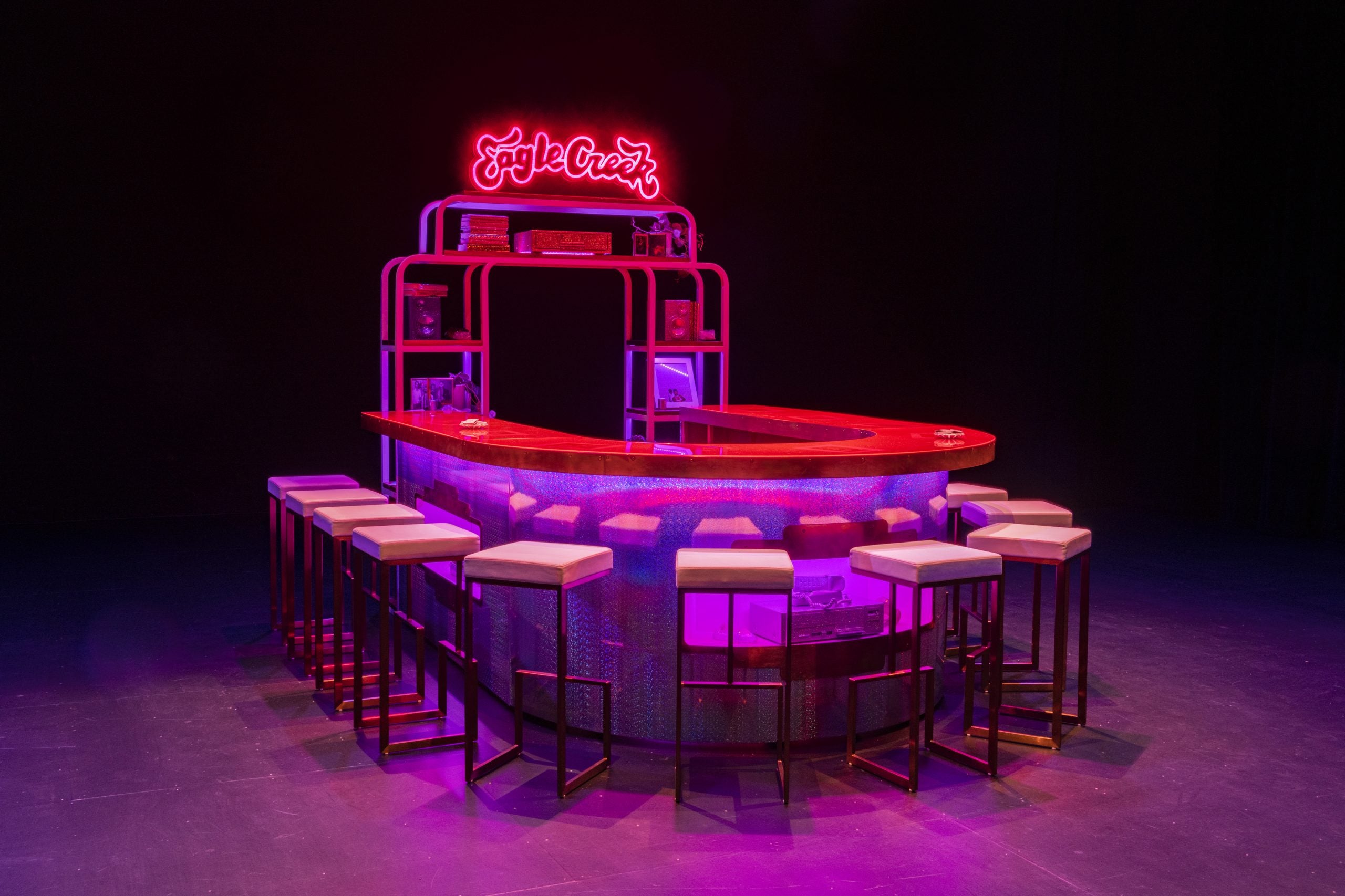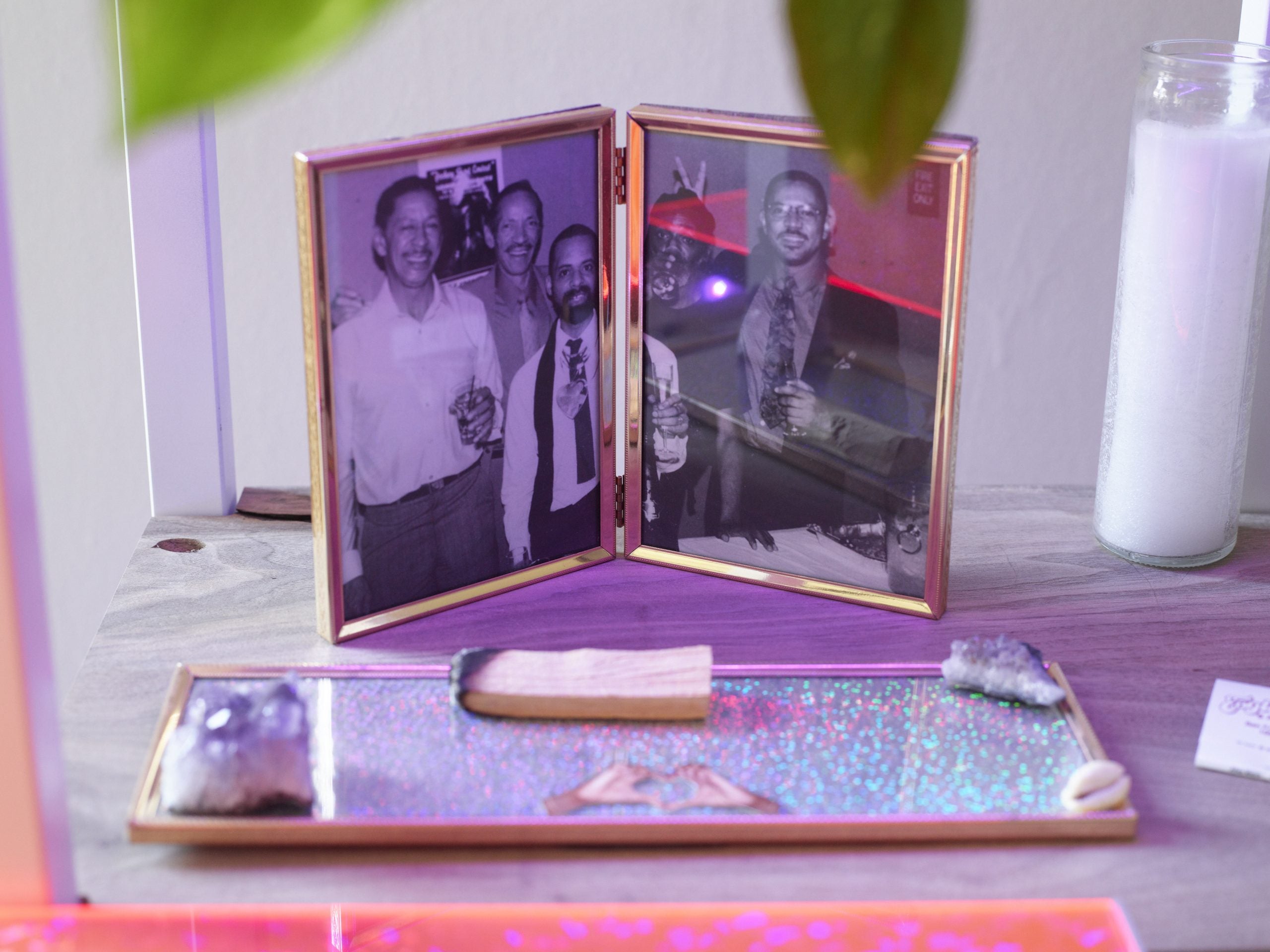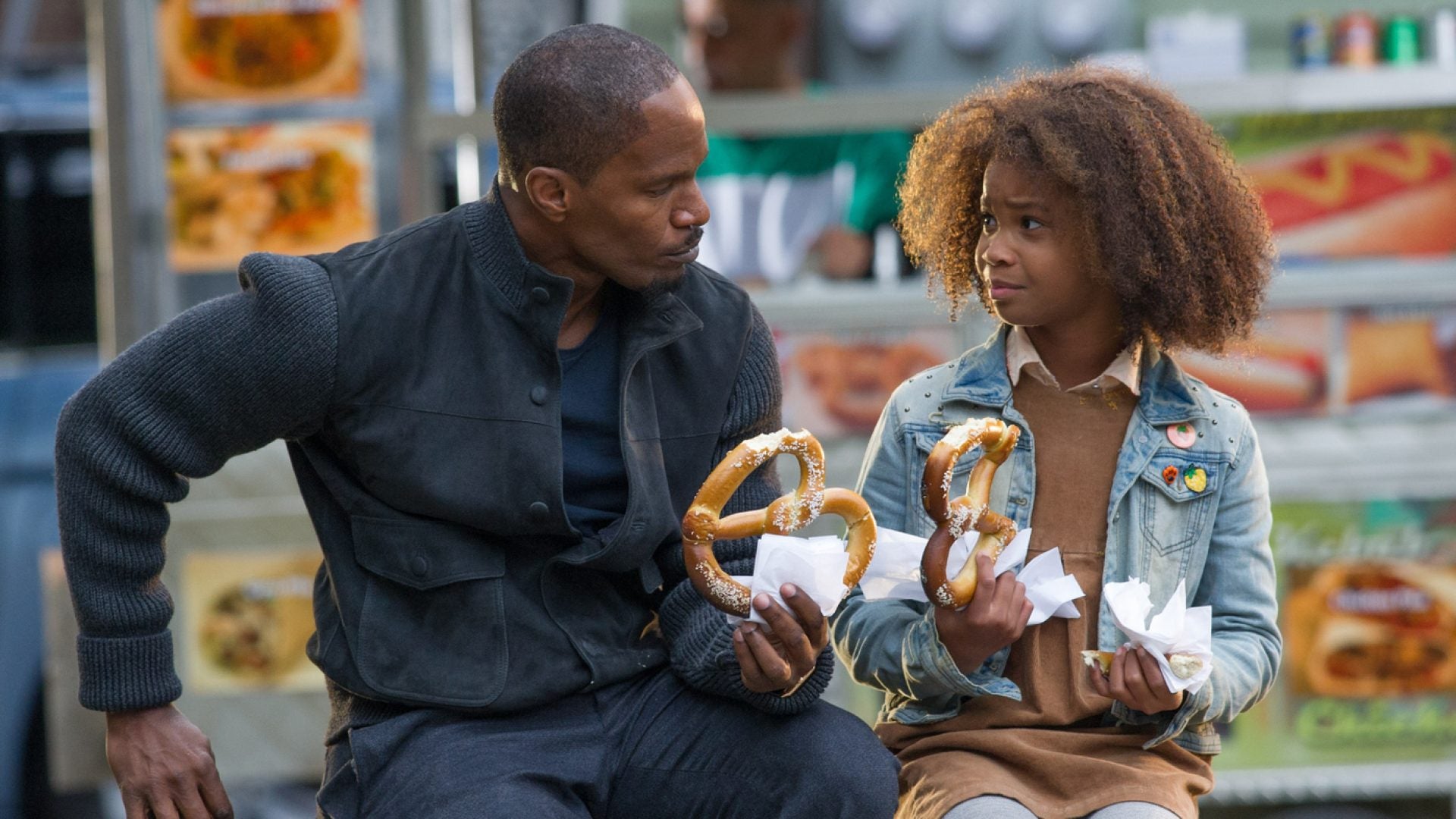
Oakland-based artist Sadie Barnette’s current installation at SFMOMA is symbolic of how important it is to carry on the legacy of others. Titled The New Eagle Creek Saloon; it is a reimagining of San Francisco’s first Black-owned gay bar, opened by her father, Rodney Barnette, in 1990. Originally located at 1884 Market Street, the establishment was a popular gathering spot for the multiracial queer community marginalized by the city’s nightlife scene at the time.
For Sadie, this particular work was much more than something she wanted to do. She felt that it was needed, in fact. “I always knew that it was, almost not even an inspiration, but like a responsibility,” she tells ESSENCE.
“It felt like my duty to somehow tell this story of my father’s bar, because it was the first black owned, gay bar in San Francisco and it was super important to the people that found their home there,” Barnette adds. “He created this amazing refuge, but there wasn’t really much documentation and nobody really, outside of if you were there, knew about it. So I felt like if I didn’t do something to get this officially recorded, then it would be lost to history.”

History is something that Barnette thought was critical in the construction of her labor of love. The New Eagle Creek Saloon honors the legacy of a bar that created opportunities for connection, supported activist groups, paid tribute to Black heroes, and participated in vigils for those lost to AIDS. While the original bar closed in 1993, Barnette’s installation acts as a site of celebration and resistance, which is the reason why it’s so immersive. During its time on display, viewers are encouraged to interact with the artwork, take a seat at the bar, and flip through archival materials that offer connections to reawakened histories.
The UC San Diego graduate began working on the NECS in 2019 and knew immediately that it had to be active and dynamic, and believed that it wouldn’t make sense to have a “quiet” honoring of her father’s historic business. “I felt like it had to be a loud party in order to really do justice to the story,” she says. “I didn’t want to make a project about his bar, I wanted to make a project that was his bar and it almost feels like you’re just transported through time. You’re in the past, you’re in the future, you’re very much in the present.” The “in-the-moment” theme of this exhibit gives it an additional dose of emotional content.
“We had to do film screenings, events, dance parties, and DJs,” the artist says. The person who normally does the bar is my friend, Redwood Hill, and they make all these amazing drinks using black-owned wineries and distilleries, and the names of the drinks will be to honor someone who maybe passed away, that used to hang out at my dad’s bar. So there’s all these little opportunities within the structure of a bar to create stories and to create artwork.”

Although her father’s bar only ran for about three years, there were so many stories that came from it, one would think that it was around for three decades. In terms of The New Eagle Creek Saloon, Barnette made it to last, which in a way is a testament of the longstanding legacy of her father’s bar. “It is built very solidly,” she says of its construction. “It’s built out of a steel frame, plywood, plexiglass, brass, walnut wood. The object itself feels kind of jewel-like, and very beautiful – almost like a toy, but at the same time it’s strong and big and has a big presence with the neon lights and really draws you to it.”
Back in 1990, Eagle Creek’s slogan read, “a friendly place, with a funky bass, for every race,” and until May 11, viewers from all over can experience a new installation that gives insight into how special a building can truly be. “You forget that you’re at an artwork or an art museum and just feel like you’re in some dream,” Barnette says. Now, the California native has made that dream, a reality.




